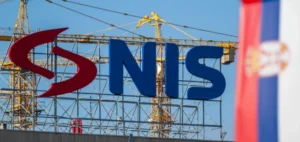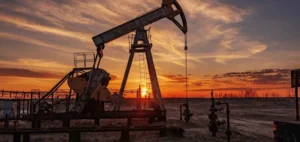Oil prices jumped more than 4% on Monday in Asian markets, driven by the possibility of a production cut – of about one million barrels per month – from
the Organization of the Petroleum Exporting Countries and its allies (Opec+).
The barrel of U.S. West Texas Intermediate (WTI) gained 4.5% to 83.06 dollars. The price of a barrel of Brent crude oil from the North Sea rose to 88.83 dollars.
Both global crude benchmarks have fallen sharply in recent months amid declining demand caused by the recession in major economies.
Opec+ will physically meet on Wednesday in Vienna, the headquarters of the oil producers’ cartel, “for the first time since March 2020” and the emergence of the Covid-19 pandemic, the alliance announced in a statement Saturday.
Representatives of the thirteen members of the Organization of the Petroleum Exporting Countries (OPEC), led by Saudi Arabia, and their ten allies led by Russia, are meeting amid rumors of significant production cuts amid fears of recession.
Before the pandemic, the producers met twice a year in the Austrian capital.
But since the spring of 2020, the 23 members have been meeting monthly, via video conference, to fine-tune their goals in the face of volatile demand.
“It will only be a matter of time before oil gets back to $100 a barrel, especially with supply tightening toward the end of the year,” said Suvro Sarkar, an analyst at DBS Bank, who expects further gains.
The potential drop in production of about one million barrels per month could again plague central banks, as soaring energy costs are a major contributor to the inflation that has forced authorities to raise interest rates,
affecting economies around the world.
This decision, if made, would come after the US and other countries released millions of barrels from their emergency reserves to bring down prices.
“The decline in oil prices is probably over,” estimated Edward Moya of Oanda.
“Energy traders became pessimistic over the summer due to fears of a global slowdown, but it now appears that oil risks are on the rise.”





















